What the Fed’s February Decisions Mean for Investors and Homeowners
When the Federal Reserve speaks, the financial world listens—and this February is no different. With markets on edge over potential rate hikes, homeowners and investors alike are wondering how the Fed’s decisions will affect their wallets. Will borrowing become more expensive? Will investments take a hit or soar higher? Let’s break down what the Fed’s latest moves mean and how to adjust your wealth management strategy.
Potential Rate Hikes: What to Watch For
The Fed’s decisions about interest rates are a critical factor in determining borrowing costs, mortgage rates, and market behavior. If the Fed raises rates, the cost of borrowing rises, potentially slowing economic growth to tame inflation.
What Investors and Homeowners Should Watch:
Fed statements on inflation and future rate hikes.
Mortgage rates, which could increase in response to higher federal rates.
The bond market, as rate hikes often impact yields.
Impact on Investors:
Higher rates can lead to short-term stock market volatility, particularly in sectors like tech and real estate.
Bonds may become more attractive as yields rise.
Impact on Homeowners:
Fixed-rate mortgage holders won’t see immediate changes, but those with adjustable-rate mortgages (ARMs) or HELOCs could face rising monthly payments.
Black Mammoth Strategy: We help clients assess their current debt structure, refinancing options, and portfolio exposure to ensure they aren’t blindsided by rate hikes.
Borrowing Costs and How They Affect You
Whether you’re a business owner, a homeowner, or an investor, rising rates can increase the cost of borrowing across the board. Personal loans, car loans, and credit card interest rates may all climb if the Fed continues to hike rates.
Key Takeaways:
Homebuyers may face higher monthly mortgage payments, potentially reducing purchasing power.
Business owners relying on loans for growth may encounter tighter credit conditions.
Investors using margin to trade may see increased costs.
Black Mammoth Strategy:
Debt Optimization: We work with clients to evaluate their debt and prioritize paying off high-interest loans.
Homebuyers: For those in the market for a new home, we recommend locking in rates early if they expect further hikes.
Businesses: We assist business owners in securing favorable financing options before borrowing costs spike.
Real Talk: Rising rates don’t have to derail your plans if you prepare in advance.
Stock Market Volatility: Should You Be Worried?
Let’s be clear: the market doesn’t like uncertainty. When the Fed raises rates, stocks can experience volatility as investors react to shifting economic conditions. However, panic-selling is the quickest way to destroy long-term gains.
What to Expect:
Sectors like tech and real estate may face sell-offs as higher rates make future earnings less attractive.
Value stocks and dividend-paying companies may perform better in a rising-rate environment.
Black Mammoth Strategy:
Portfolio Diversification: We ensure clients’ portfolios are well-diversified to handle market shocks.
Sector Rotation: We shift investments toward sectors that historically perform well during rate hikes, such as energy and financials.
Behavioral Coaching: We help clients avoid emotional decisions during market swings.
Real Talk: You don’t need to time the market—you just need a plan.
Real Estate: To Buy or Not to Buy?
Rising rates can cool off the real estate market, making it harder for buyers to qualify for loans or afford larger properties. However, this doesn’t mean homeownership is off the table.
What to Watch:
Mortgage rates and housing inventory trends.
How local markets react to higher borrowing costs.
Black Mammoth Strategy:
For Current Homeowners: We assess whether refinancing makes sense before rates rise further.
For Potential Buyers: We provide tailored advice on timing the market and securing pre-approvals.
For Real Estate Investors: We analyze rental property performance to ensure cash flow remains strong despite higher financing costs.
Real Talk: Timing the market perfectly isn’t realistic, but understanding your personal affordability is key.
Inflation and Its Continuing Role
The Fed’s main reason for raising rates is to combat inflation, which has cooled but remains above target levels. The relationship between inflation and rate hikes will continue to influence both investments and household budgets.
What to Watch:
CPI (Consumer Price Index) and PCE (Personal Consumption Expenditures) reports.
Changes in the cost of living and consumer spending habits.
Black Mammoth Strategy:
Inflation-Protected Investments: We incorporate assets like TIPS (Treasury Inflation-Protected Securities) to help clients preserve purchasing power.
Adjusting Cash Flow: We adjust financial plans to account for potential shifts in spending power.
Long-Term Perspective: We remind clients that periods of high inflation and rising rates are temporary.
Real Talk: Inflation is a marathon, not a sprint—but you can still win with a solid strategy.
Conclusion: Stay Grounded, Stay Strategic
The Fed’s February decisions may cause waves, but they don’t have to sink your financial ship. By understanding how rate hikes, borrowing costs, and inflation impact your wealth, you can navigate uncertainty with confidence. At Black Mammoth, we’re here to guide you through every twist and turn, ensuring your financial goals stay within reach.
Remember: Market shifts are temporary, but smart financial decisions are lasting.



